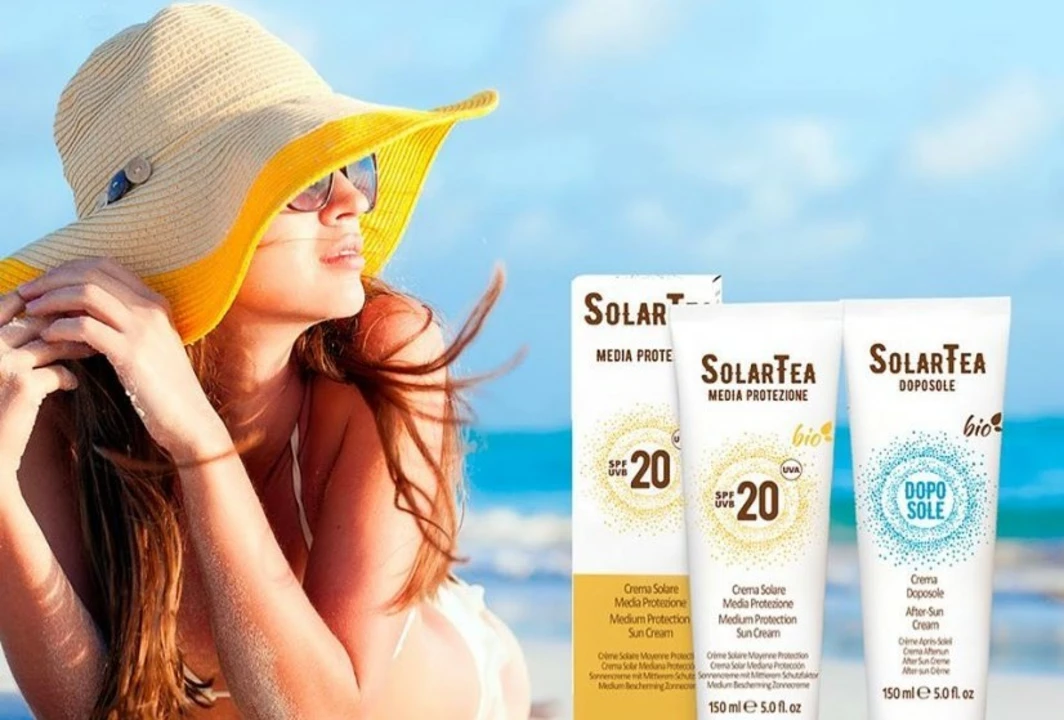After spending time in the sun, it's important to take care of our chapped skin to avoid further damage. First, we should gently cleanse the affected area with a mild soap and cool water to remove any dirt or sweat. Next, applying a soothing and hydrating lotion with ingredients like aloe vera or chamomile can help relieve any discomfort. It's also essential to drink plenty of water to stay hydrated and promote skin healing. Lastly, give your skin some time to recover by avoiding direct sun exposure and wearing protective clothing until it fully heals.
Sun Exposure: How to Get the Benefits Without the Burn
If you love warm days but hate painful sunburns, you’re not alone. Sunlight gives us vitamin D, lifts mood, and even helps regulate sleep, yet too much UV can damage skin fast. The sweet spot is short, regular sessions that give you the good stuff while keeping risk low.
Why Sun Exposure Matters
Vitamin D is made when UV‑B rays hit your skin. Just 10‑15 minutes a few times a week can cover most adults’ needs, especially if you spend a lot of time indoors. Besides bone health, vitamin D supports immune function and may lower inflammation.
Sun also triggers serotonin release, which is why bright days feel uplifting. That natural mood boost can be a simple remedy for low‑energy slumps without reaching for caffeine.
Practical Tips for Safe Sun Time
1. Pick the right time. Aim for early morning (before 10 am) or late afternoon (after 4 pm). The sun’s rays are less intense then, reducing UV‑A and UV‑B exposure while still providing enough light for vitamin D synthesis.
2. Use sunscreen wisely. Choose a broad‑spectrum SPF 30+ product and apply it 15 minutes before heading outside. Reapply every two hours, or sooner if you’re swimming or sweating. Don’t wait until you see redness—protecting skin preemptively is key.
3. Cover up strategically. Wear a wide‑brim hat, UV‑blocking sunglasses, and lightweight long sleeves if you’ll be out for more than 30 minutes. Light fabrics keep you cool while shielding sensitive areas.
4. Track your exposure. A simple timer on your phone helps you stay within safe limits. For most skin types, 20‑30 minutes of direct sun is enough; anything beyond that should be moderated with shade or clothing.
5. Stay hydrated. Sun increases fluid loss, so sip water regularly. Dehydration can amplify heat stress and make skin more prone to damage.
Remember, every body reacts differently. Fair‑skinned people may need less time, while darker tones might require a bit longer for the same vitamin D boost. Adjust based on how your skin feels—if it starts to pink up, step into shade immediately.
Lastly, combine sun safety with a balanced diet rich in calcium and magnesium to support bone health. If you’re unsure about your vitamin D levels, a quick blood test can guide whether you need supplements alongside safe sun habits.
Enjoy the sunshine, but keep these simple steps in mind. With a little planning, you’ll reap the benefits of sun exposure without paying the price of premature aging or skin damage.
As a blogger, I recently researched the topic of Desonide and sun exposure. Desonide is a topical corticosteroid used to treat various skin conditions, and it's important to know how sun exposure affects its use. From my findings, it's recommended to avoid direct sunlight or artificial UV light while using Desonide, as it may cause skin sensitivity and irritation. Additionally, it's essential to wear protective clothing and sunscreen to minimize the risk of sunburn. So, if you're using Desonide, remember to stay sun-safe and follow your healthcare provider's advice!


